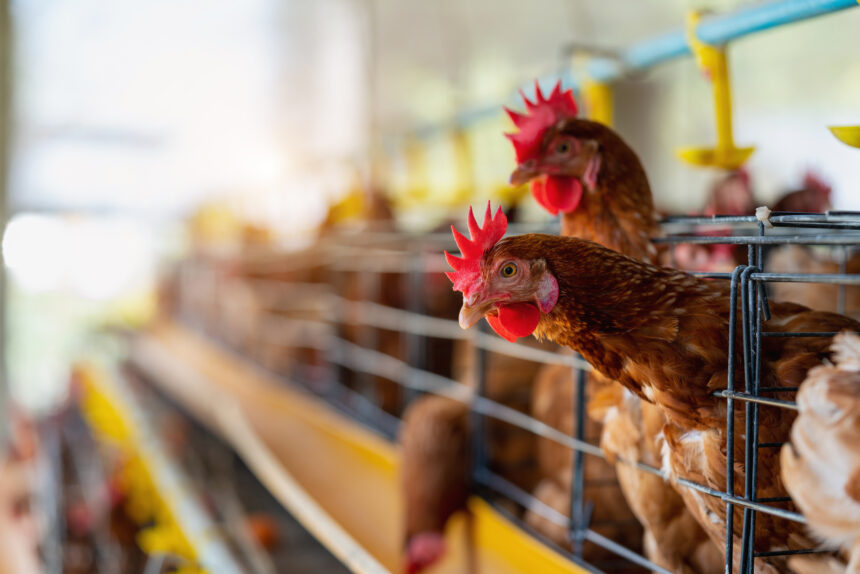Heating is a crucial aspect of chicken farming, particularly in colder climates or during the winter months. It helps maintain a comfortable and optimal temperature for the chickens, promoting their health, growth, and productivity. While traditional heating methods such as gas or electric heaters are commonly used, there are alternative options available that can be more energy-efficient and cost-effective. Here are five heating alternatives in chicken farming to consider:
- Infrared Heating: Infrared heating is an energy-efficient option that can provide targeted heat directly to the chickens and their immediate surroundings. Infrared heaters emit radiant heat, which warms objects and surfaces rather than the air. This method reduces heat loss and can be more efficient compared to conventional heating systems. Additionally, infrared heaters are durable, require minimal maintenance, and have a long lifespan.
- Biomass Heating: Biomass heating utilizes organic materials, such as wood pellets, agricultural residues, or dedicated energy crops, as a fuel source. Biomass boilers or furnaces burn these materials to produce heat. This heating option is renewable and environmentally friendly, as it utilizes sustainable biomass resources. It can significantly reduce heating costs, especially if there is a local availability of biomass fuel sources.
- Solar Heating: Solar heating harnesses the power of sunlight to provide heat for the chicken house. Solar heating systems typically consist of solar panels that capture solar energy and convert it into heat. This heat is then distributed throughout the poultry house using fans or a radiant heat transfer system. Solar heating is a clean and sustainable option, reducing reliance on fossil fuels and lowering energy costs in the long run. However, its effectiveness may vary depending on the climate and available sunlight.
- Geothermal Heating: Geothermal heating utilizes the stable temperature of the earth to provide heating for the chicken house. It involves installing a geothermal heat pump system that circulates fluid through pipes buried underground. The ground’s consistent temperature is used to either heat or cool the fluid, which is then transferred to the chicken house. Geothermal heating is highly energy-efficient and can provide cost savings over time. However, it requires initial investment and proper system design based on site-specific conditions.
- Heat Recovery Systems: Heat recovery systems capture and recycle waste heat generated by other processes in the poultry farm. For example, waste heat from ventilation systems, composting processes, or machinery can be recovered and utilized to heat the chicken house. Heat exchangers or heat recovery ventilators are employed to extract the heat and transfer it to the desired areas. Implementing heat recovery systems can significantly reduce heating costs and improve overall energy efficiency.
When considering alternative heating options in chicken farming, it is crucial to assess factors such as initial investment costs, ongoing maintenance requirements, availability of fuel sources, climate conditions, and local regulations. Each heating alternative has its own advantages and considerations, so it’s important to choose the option that best suits your specific farm’s needs and goals. By exploring these alternatives, you can find more sustainable and cost-effective ways to keep your chickens warm and comfortable during colder periods.
Join 'Farmers Mag' WhatsApp Channel
Get the latest Farming news and tips delivered straight to your WhatsApp
CLICK HERE TO JOIN






